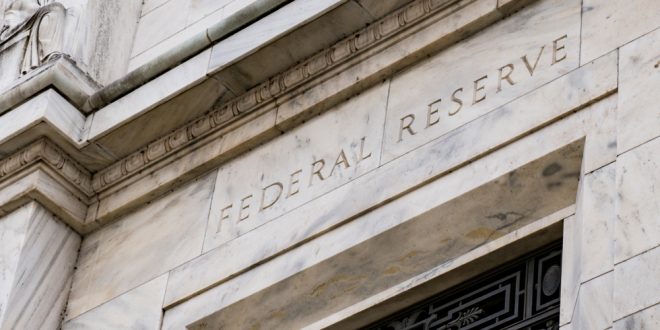The United States Federal Reserve presented its semi-annual Monetary Policy Report to Congress on Friday.
The report pointed to the progress in vaccination against the coronavirus (COVID-19) and how it has helped a rebound in growth by reopening the economy, with the accommodative monetary and fiscal policy.
Nevertheless, the pandemic continues to weigh on the U.S. economy, with employment still below its levels before March 2020, but the second quarter data suggest demand recovery.
The Fed is vowing to maintain its easing policies to support the economy, expecting the current historically low-interest rates to remain until 2023, with the current pace of asset purchases at $120 billion a month until substantial further progress had been made towards the full employment and price stability targets, with inflation sustainably reaching the 2% level.
“Monetary policy continues to deliver powerful support to the economy until the recovery is complete,” the report noted.
This policy, however, could be changed if the inflation rate remains persistently above the 2% target, as the current surge is attributed to transitory factors.
The Fed admitted that upside risks to inflation in the near term have somewhat increased.
“Asset prices may be vulnerable to significant declines should investor risk appetite fall, interest rates rise unexpectedly, or the recovery stall,” it noted.
The report also expected production to pick up and price pressures to ease as supply chain disruptions and bottlenecks are resolved.
“The time frame for the resolution of these bottlenecks is uncertain, as they reflect both the global supply chain and some industry-specific reasons for the tight conditions.”
These supply chain bottlenecks have played a part in the Fed views as temporary upward pressure on inflation.
But inflation expectations are in a range that broadly consistent with the longer-run inflation objective, according to the report.
As for employment, the Fed said that the post-pandemic labor market and maximum employment could be different from the pre-pandemic period.
It is worth noting that the Fed Chair Jerome Powell is set to testify before the House of Representatives and the Senate on Wednesday and Thursday, respectively.
 Noor Trends News, Technical Analysis, Educational Tools and Recommendations
Noor Trends News, Technical Analysis, Educational Tools and Recommendations





